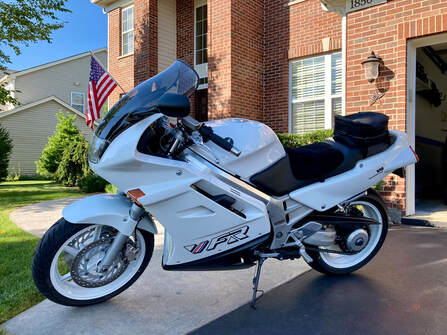
GIVI Touring Windscreen For Sale
$75 shipped.
I have a used Givi brand windscreen for the 3d-gen Interceptor which I no longer have a use for. Very nice condition with a few imperfections but nothing significant. It might benefit from a polishing but I didn't find it necessary when fitted to my '93. The photos don't show much detail, of course, but this is a nice screen. It measures the same width as OEM but is 3 1/2 inches higher at 20 1/2" with a little flip at the top for airflow and an aerodynamic vent at the bottom to smooth airflow over the top, which works well. It takes virtually all the wind off my torso. I will ship this to CONUS only, deduct $20 for local pickup in Antioch, IL.
Here's a few more photos.


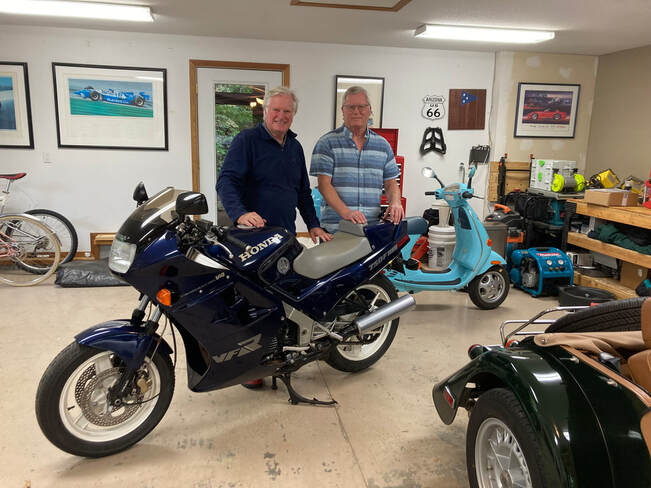
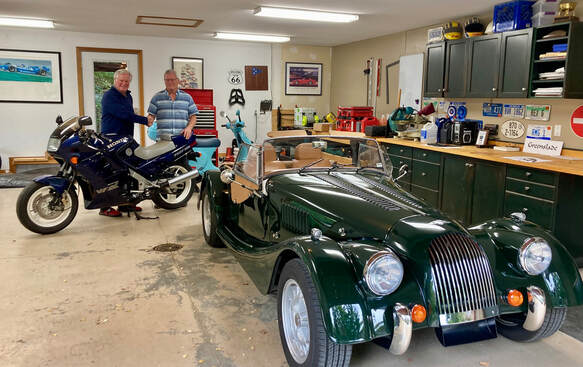


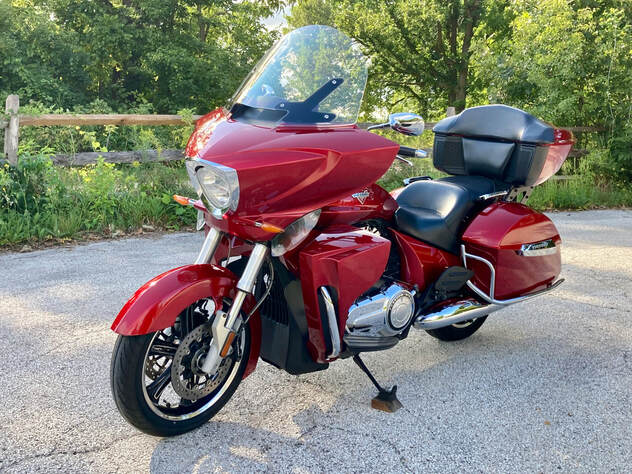
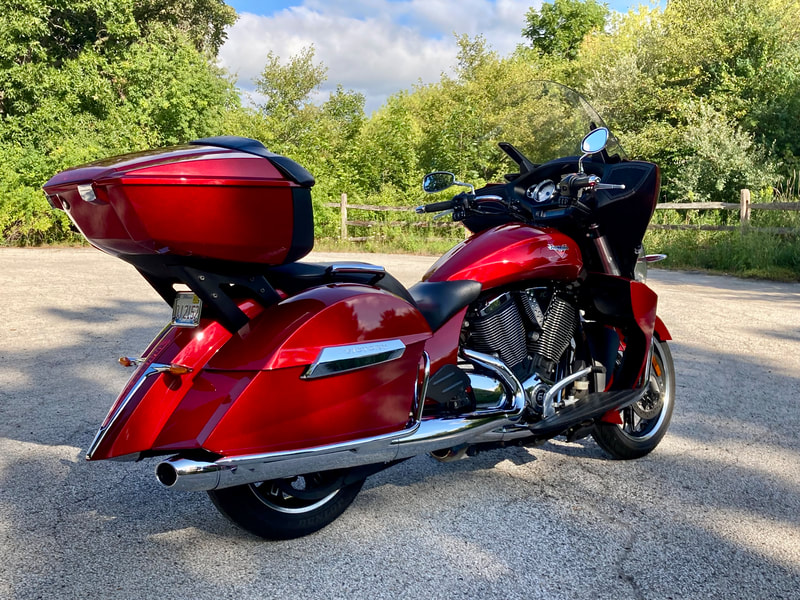


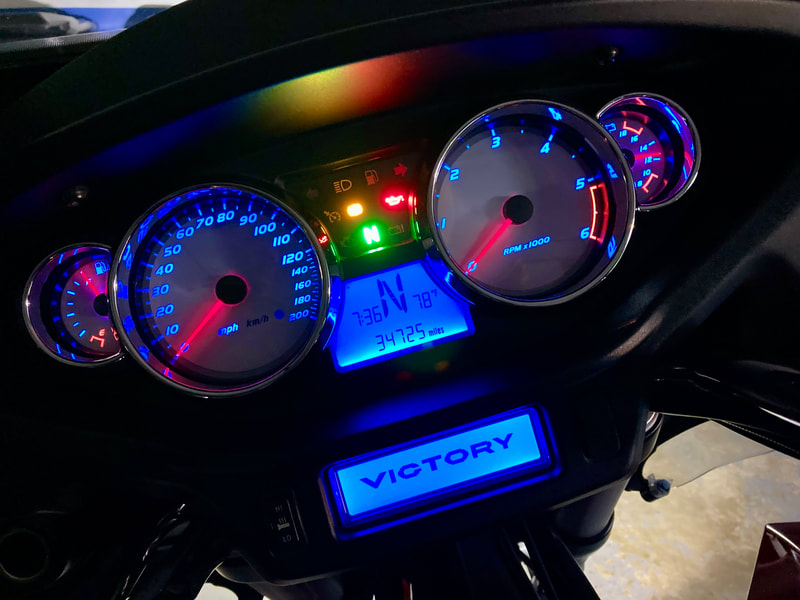
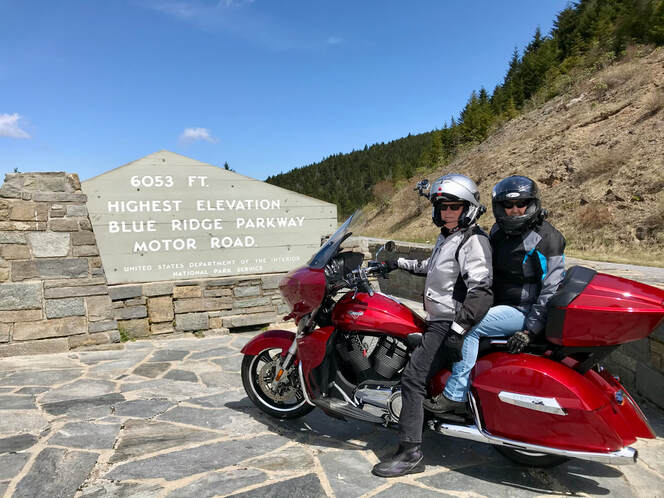

















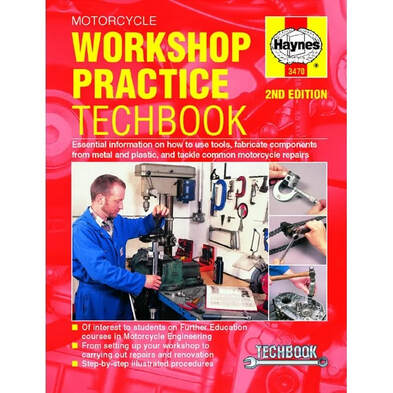
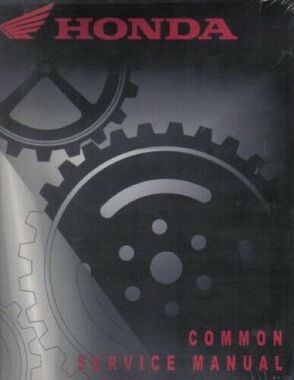

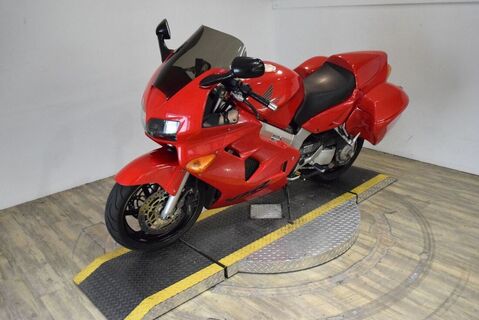


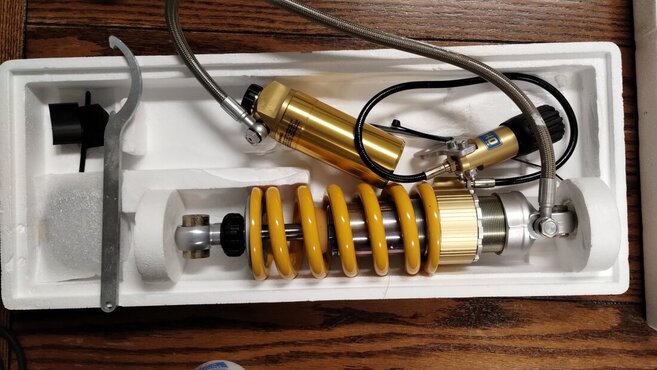
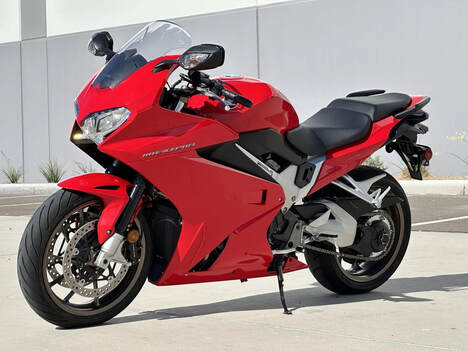


 RSS Feed
RSS Feed